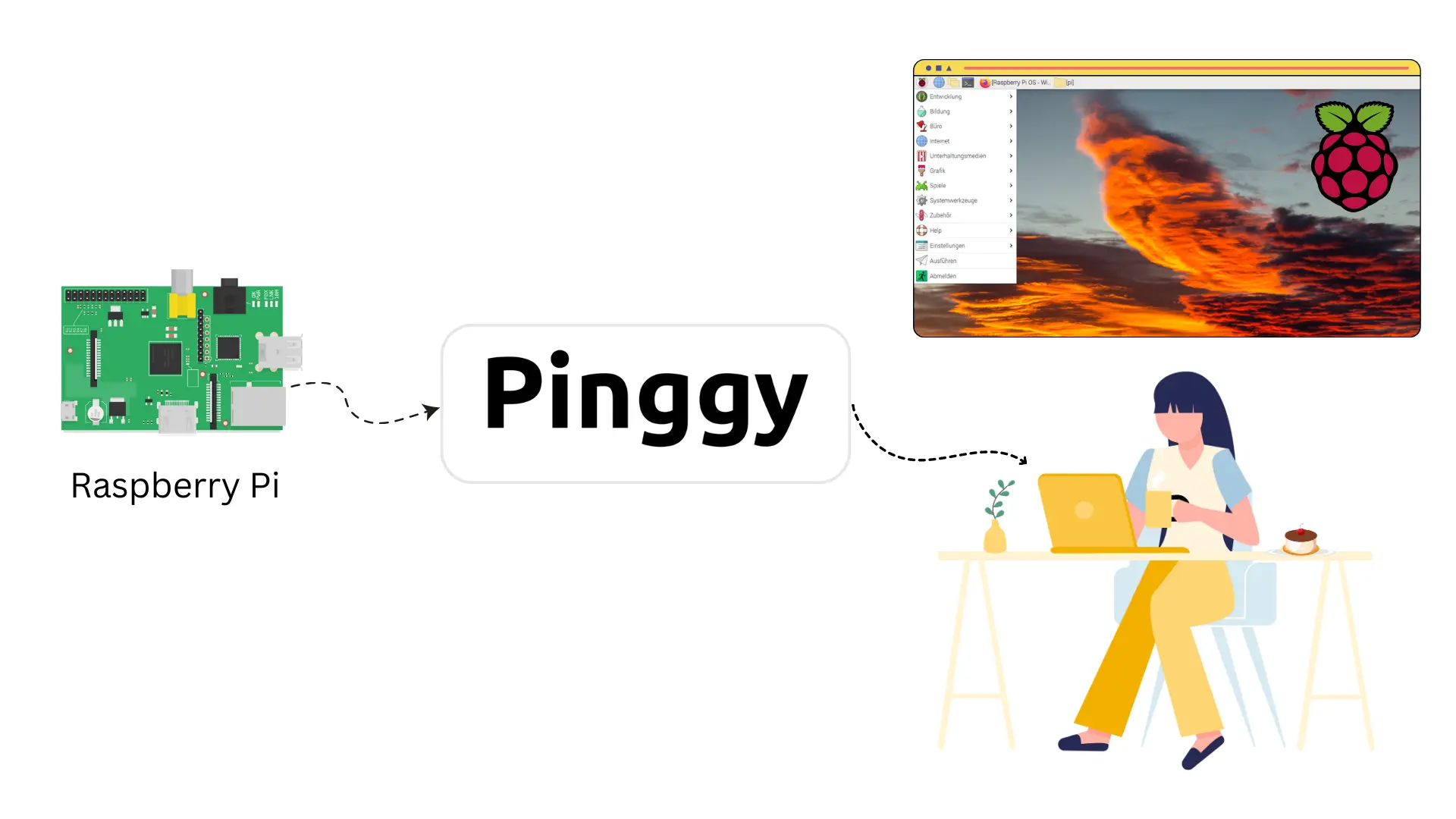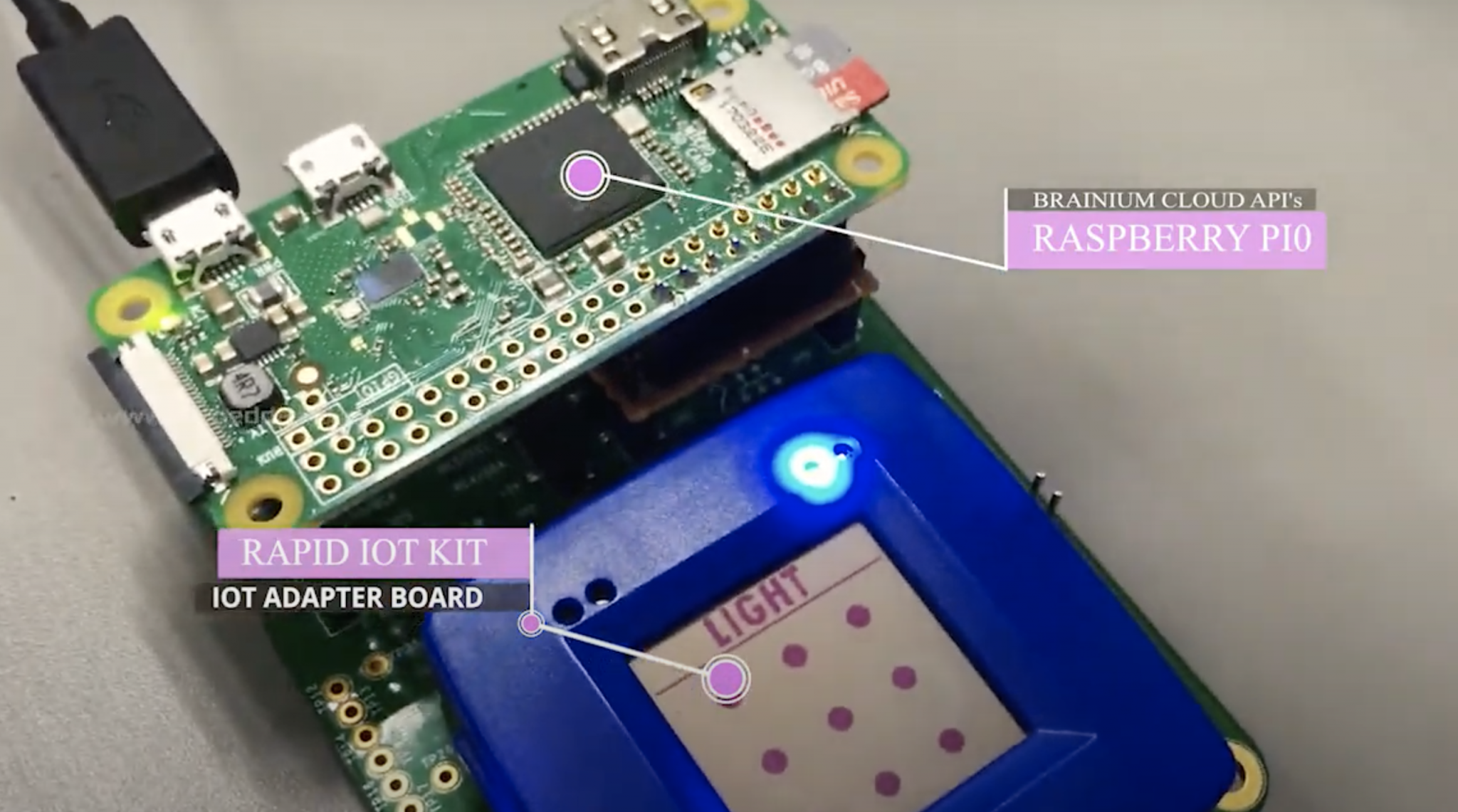Imagine this: You’ve set up your Raspberry Pi as the brain of your home automation system, but you want to control it from anywhere in the world without breaking the bank. Sound impossible? Not at all! With a few simple steps, you can access your remote IoT devices behind a router using your Mac, and the best part? It’s completely free!
Nowadays, the Internet of Things (IoT) has become an integral part of our lives. From smart thermostats to security cameras, we’re surrounded by interconnected devices that make life easier. But what happens when you’re out of the house and need to check on your IoT setup? That’s where remote access comes in.
In this guide, we’ll walk you through how to access your IoT devices behind a router using Raspberry Pi and your Mac. Whether you’re a tech enthusiast or just someone looking to manage your smart home remotely, this article will provide step-by-step instructions and practical tips to help you get started.
- Till Lindemann Wife Exploring The Life And Love Of The Legendary Rammstein Frontman
- Ddrmovies The Ultimate Guide To Streaming Your Favorite Movies
Here’s a quick overview of what we’ll cover:
- Understanding IoT and its importance
- Setting up Raspberry Pi for remote access
- Configuring port forwarding on your router
- Using SSH to connect from your Mac
- Troubleshooting common issues
So grab a cup of coffee, sit back, and let’s dive into the world of remote IoT access!
What is IoT and Why Does It Matter?
IoT, or the Internet of Things, refers to the network of physical devices embedded with sensors, software, and connectivity, enabling them to exchange data. These devices range from simple household gadgets like smart bulbs to complex industrial machines.
- What Is Wpcnt The Ultimate Guide To Understanding And Maximizing Its Potential
- Hdhub4ucom Bollywood Movies Download Your Ultimate Guide To Streaming And Downloading
For many people, IoT simplifies daily tasks. Imagine being able to turn off your lights or adjust your thermostat from your phone while you’re at work. Or, picture monitoring your home security system while you’re on vacation. The possibilities are endless!
However, to fully leverage IoT, you need a way to access these devices remotely. That’s where Raspberry Pi comes in. This tiny yet powerful computer can act as a gateway for your IoT devices, allowing you to control them from anywhere.
Setting Up Raspberry Pi for Remote Access
Before you can access your IoT devices remotely, you need to set up your Raspberry Pi properly. Here’s how you can do it:
Step 1: Install Raspberry Pi OS
First things first, you’ll need to install Raspberry Pi OS on your Pi. This operating system is specifically designed for the Raspberry Pi and provides all the tools you’ll need for remote access.
- Download the Raspberry Pi Imager from the official website.
- Insert an SD card into your computer and use the imager to install the OS.
- Once installed, boot up your Raspberry Pi and complete the initial setup.
Remember, a stable OS is the foundation of a reliable remote access setup.
Step 2: Enable SSH
SSH, or Secure Shell, is a protocol that allows you to connect to your Raspberry Pi securely over the internet. To enable SSH:
- Open the terminal on your Raspberry Pi.
- Type
sudo raspi-configand press Enter. - Select
Interfacing Optionsand then enable SSH.
With SSH enabled, you’re one step closer to accessing your IoT devices remotely.
Configuring Port Forwarding on Your Router
Port forwarding is a crucial step in accessing your Raspberry Pi from outside your local network. Here’s how you can set it up:
Step 1: Find Your Router’s IP Address
Every router has a unique IP address. To find yours:
- Open a terminal on your Mac.
- Type
netstat -nr | grep defaultand note the IP address listed.
This IP address will be used to access your router’s admin interface.
Step 2: Access Your Router’s Settings
Once you have the IP address:
- Open a web browser and type the IP address into the address bar.
- Log in using your router’s admin credentials.
- Navigate to the port forwarding section.
Now you’re ready to configure the ports needed for remote access.
Step 3: Set Up Port Forwarding
To forward the necessary ports:
- Create a new rule in the port forwarding section.
- Set the external port to 22 (default SSH port).
- Set the internal IP address to your Raspberry Pi’s local IP.
With port forwarding configured, your Raspberry Pi is now accessible from outside your network.
Using SSH to Connect from Your Mac
Now that your Raspberry Pi is set up and your router is configured, it’s time to connect from your Mac. Here’s how:
Step 1: Find Your Public IP Address
Your public IP address is the address assigned to your router by your ISP. To find it:
- Open a web browser and visit a site like whatismyip.com.
- Note the IP address displayed.
This IP address will be used to connect to your Raspberry Pi from anywhere in the world.
Step 2: Connect via SSH
With your public IP in hand:
- Open the terminal on your Mac.
- Type
ssh pi@your_public_ipand press Enter. - When prompted, enter the password for your Raspberry Pi.
Congratulations! You’re now connected to your Raspberry Pi remotely.
Securing Your Remote Access
Security is paramount when accessing devices remotely. Here are a few tips to keep your setup safe:
- Change the default SSH port to something less common.
- Use strong, unique passwords for your Raspberry Pi and router.
- Consider setting up a static IP for your Raspberry Pi.
By following these best practices, you can ensure that your IoT devices remain secure while still being accessible.
Troubleshooting Common Issues
Even with a well-planned setup, issues can arise. Here are some common problems and how to fix them:
Issue 1: Unable to Connect via SSH
If you can’t connect to your Raspberry Pi:
- Double-check your public IP address.
- Ensure port forwarding is correctly configured.
- Verify that SSH is enabled on your Raspberry Pi.
Issue 2: Slow Connection
For a sluggish connection:
- Check your internet speed.
- Try using a wired connection instead of Wi-Fi.
- Optimize your SSH settings for better performance.
By addressing these issues, you can ensure a smooth remote access experience.
Advanced Techniques for Remote Access
Once you’ve mastered the basics, you can explore more advanced techniques:
Using Dynamic DNS
Dynamic DNS (DDNS) allows you to assign a domain name to your public IP address, making it easier to connect. Services like No-IP offer free DDNS solutions.
Setting Up a VPN
A Virtual Private Network (VPN) provides an additional layer of security for your remote access. By creating a secure tunnel between your Mac and Raspberry Pi, you can protect your data from prying eyes.
Conclusion
In conclusion, accessing remote IoT devices behind a router with Raspberry Pi for free on Mac is not only possible but also relatively straightforward. By following the steps outlined in this guide, you can take full control of your smart home from anywhere in the world.
Remember, security is key. Always take the necessary precautions to protect your devices and data. And don’t forget to share this article with your friends and family who might find it useful!
So what are you waiting for? Get out there and start exploring the world of remote IoT access. Your smart home is just a few clicks away!
Table of Contents
- Who Is Lynda Carter A Journey From Wonder Woman To Iconic Star
- Harry Wayne Casey The Life Behind The Music His Wife Kids And Legacy


